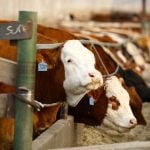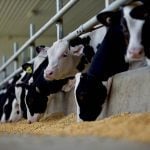
Cattleman’s Corner

A two-step (plus) grazing plan
Use the grass, but don’t abuse it — allow for recovery time

More details on Step 3 of the two-step grazing plan
Use the grass, but then give it a chance to recover before coming back
Feeding yeast is a good investment
These single-cell organisms can hit on many cylinders to help optimize milk performance

Be leery about buying fat bulls
It may look good in the sale ring, but too much fat can lead to permanent damage
Feeder cattle basis analysis
Finishing at least some of your own calves is a diversification measure

We are the Eppichs
Young farm couple starting from scratch in the cattle and horse business
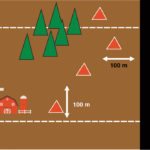
Composting is a simple natural process
Experts provide advice on proper procedures and precautions

Build your own bale-spear loader head
Working in the shop even with repurposed materials can result in a long-lasting bale mover
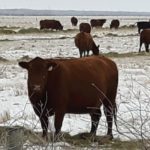
Proper diets take a bite out of wind chill
When temperatures dip, it’s time to torque up the ration
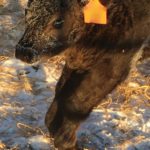
Dealing with contracted or lax leg tendons in calves
Animal Health: In many cases, time and a bit of physiotherapy will fix the condition

